Wheat bounces back on bargain buying. (Comments are updated by 7:30 a.m. Central Time.)
Plus – how will fertilizer companies respond to expansion signals in the market?
Corn mixed
Soybeans up 1-3 cents; Soymeal up $2.90/ton; Soyoil down $0.15/lb
Chicago wheat up 5-7 cents; Kansas City wheat up 4-6 cents; Minneapolis wheat up 3-6 cents
*Prices as of 7:00am CST.
Good morning! And Happy Lunar New Year! Today marks the beginning of the Year of the Tiger. Stock exchanges in China and South Korea are closed to celebrate the holiday, which is referred to in Asia as the Spring Festival. Expect thin trading margins over the next week as Asian markets close for holiday festivities.
Here’s everything you need to know about the Spring Festival and the Year of the Tiger. Happy Lunar New Year!
Inputs
High retail fertilizer prices mean that fertilizer companies have plenty of profit incentive to respond the expansion signals in the market. This means fertilizer companies are being economically incentivized to ramp up production, which will ultimately alleviate tight global supplies and high prices at the farm gate.
Canadian fertilizer company Nutrien provided a glimpse of this prospect overnight as its interim CEO hinted at a 29% increase in potash mining in the coming years, especially if conflicts with Belarus and Russia – both major potash and phosphate producers – continue to escalate.
Russian and Belarusian companies account for over a third of the world’s potash sales. Despite economic sanctions levied on Belarus by the U.S. Treasury, the country continues to divert potash shipments into Russia by way of Lithuania, according to a Reuters report released overnight.
Nutrien’s interim CEO Ken Seitz told Reuters that the company is considering reopening 4 million tonnes of mining capacity in Canada that was idled after surplus supplies accumulated following the 2019 growing season. If economic sanctions are further levied against Russia and Belarus, the Saskatchewan mines could be reopened in the coming years.
But expansion plans will take time and may not come quick enough to ease 2022 planting worries.
“If these are short-lived events, we don’t want to spend all kinds of money staffing and opening up ground,” Seitz said. “If this is going to be a longer-term problem for the market, we will absolutely do that. We will absolutely step into that void.”
Seitz estimates that most of the production will come online in the second half of 2022 – after peak spring planting season in the Northern Hemisphere. Nutrien would seek to raise potash output to 1MMT during the latter half of this year, an increase of 700,000 metric tonnes.
Nutrien currently produces about 14MMT of NPK fertilizers and accounts for 19% of global fertilizer sales.
Lingering farmer concerns about supply availability should not be as much of a concern this year. According to BMO Capital Markets, global fertilizer production capacity will exceed farmer demand to the tune of 10MMT in 2021. Even if supplies are tight in some regions, fertilizer inputs are likely to be available to most, barring any further supply chain delays which are far more likely this year amid rising trucker shortages.
“In a normal situation, the potash market is oversupplied,” BMO analyst Joel Jackson told Reuters. “If I was Nutrien, I would probably hold back on my decision to expand too much too fast.”
China’s Statistics Bureau announced that 2021 fertilizer production had increased 8.4% from the prior year to 4.49 million metric tonnes (MMT). Russia’s PhosAgro reported a 12.8% year over year increase in Q4 fertilizer production in the company’s latest earnings report announced late last week. Global NPK production stood at 199.99MMT in 2021, representing a 2% increase over the past two years.
Expect the larger fertilizer producers to respond to the market’s expansion signals, but on their own time. Smaller potash producers, like Canada’s Gensource Potash, are rushing to further expand mines in response to high prices. But large producers can do so more quickly and cheaply.
“They are so used to just controlling things in the industry and have started to believe their own marketing about having excess capacity,” Gensource CEO Mike Ferguson told Reuters.
Corn
Corn futures prices were mixed this morning, with old crop futures trading nearly a penny higher while new crop futures fell $0.01-$0.02/bushel, likely on a round of profit-taking after corn futures notched a seven-month high during yesterday’s trading session.
Nearby futures’ strength was largely attributed to weather concerns in South America, specifically for Brazil’s second crop of corn, which is primarily sold into export markets.
Soybeans
Soybean prices traded just slightly higher in the overnight trading session, up $0.01-$0.03/bushel at last glance. Domestic demand prospects are largely outweighing easing export volumes though a bit of pressure from South American supply worries continues to prevent further losses in the soy market.
USDA will release its crush volume estimates for December 2021 today, which could provide more bullish news for the domestic soybean market. After the National Oilseed Processors Association (NOPA) announced a record-setting 186.4 million bushels of soybeans had been crushed in December 2021, markets expect that today’s USDA reading will show a similar result.
Pre-report trade estimates project today’s figure between a very narrow 197.3 million to 198.4 million bushels, with an average trade guess of 197.7 million bushels. The average trade forecast is nearly 4% higher than month-ago volumes as global soyoil supplies rest at the tightest level since 1976.
If the average guess of 197.7 million bushels is realized in today’s oilseed crush report, it will best the previous high of 196.9 million bushels set just two months ago in October 2021. As soybean export season winds down, this news suggests that farmers will still have plenty of profit opportunities in the coming months as domestic competition for soybeans heats up.
Wheat
A slightly weaker dollar following a rally for the greenback paired with a round of bargain buying helped coax further gains in the wheat market overnight. Minneapolis futures surged past the $9/bushel benchmark while Kansas City futures marched closer to the $8/bushel benchmark on ongoing geopolitical tensions in the Black Sea.
“The United States and Britain overnight said they are prepared to punish Russian elites close to President Vladimir Putin with asset freezes and travel bans if Russia enters Ukraine, as tensions also spilled over at the United Nations,” Reuters’ Gavin Maguire shared from the company’s Singapore post.
The upcoming winter storm system travelling across the Plains could help alleviate drought conditions in the region, which would be a bearish price trigger for Kansas City futures.
Weather
Cooler temperatures are on the horizon today, according to NOAA’s short-range forecasts. The Northern Plains will likely revert back to single digit highs by this afternoon while the Corn Belt and Central Plains settle at temperatures between the 30s and 40s.
A winter storm system developing in the Central Rockies will push snow and rain east across the Central and Southern Plains late this evening through tomorrow. The system will stretch all the way into the Eastern Corn Belt over the next few days before dissipating late in the week.
Also worth a read on our website, FarmFutures.com:
Will corn rally to $7/bushel? Naomi Blohm weighs the odds.
Brady Huck explains how to protect yourself from being oversold or under-protected in these volatile markets.
The Port of Oakland designated a 25-acre neighboring site to allow more ag commodities to be filled easier, according to USDA’s Secretary of Agriculture, Tom Vilsack.
A little fear can be a helpful management motivator, writes Davon Cook. But even just a little to much can be harmful to a farm.
Morning Ag Commodity Prices – 2/1/2022
Contract
Units
High
Low
Last
Net Change
% Change
MAR ’22 CORN
$ / BSH
6.2925
6.245
6.265
0.005
0.08%
MAY ’22 CORN
$ / BSH
6.2775
6.2325
6.25
0.005
0.08%
JUL ’22 CORN
$ / BSH
6.2275
6.185
6.195
0.0025
0.04%
SEP ’22 CORN
$ / BSH
5.8675
5.835
5.845
-0.01
-0.17%
DEC ’22 CORN
$ / BSH
5.75
5.7175
5.73
-0.005
-0.09%
MAR ’23 CORN
$ / BSH
5.82
5.8
5.805
-0.005
-0.09%
MAY ’23 CORN
$ / BSH
5.85
5.83
5.835
-0.0025
-0.04%
MAR ’22 SOYBEANS
$ / BSH
14.955
14.85
14.885
-0.02
-0.13%
MAY ’22 SOYBEANS
$ / BSH
15
14.9
14.94
-0.0125
-0.08%
JUL ’22 SOYBEANS
$ / BSH
14.9725
14.875
14.92
-0.005
-0.03%
AUG ’22 SOYBEANS
$ / BSH
14.635
14.5725
14.5875
-0.0175
-0.12%
SEP ’22 SOYBEANS
$ / BSH
14.03
13.975
13.985
-0.02
-0.14%
NOV ’22 SOYBEANS
$ / BSH
13.69
13.6225
13.66
-0.01
-0.07%
JAN ’23 SOYBEANS
$ / BSH
13.6725
13.62
13.64
-0.01
-0.07%
MAR ’23 SOYBEANS
$ / BSH
13.455
13.395
13.425
-0.0225
-0.17%
MAY ’23 SOYBEANS
$ / BSH
13.3875
13.3475
13.3525
-0.04
-0.30%
MAR ’22 SOYBEAN OIL
$ / LB
65.38
64.08
64.63
-0.19
-0.29%
MAY ’22 SOYBEAN OIL
$ / LB
65.31
64.12
64.64
-0.17
-0.26%
MAR ’22 SOY MEAL
$ / TON
421.8
417.1
420.6
1.7
0.41%
MAY ’22 SOY MEAL
$ / TON
419.8
415.4
418.7
1.7
0.41%
JUL ’22 SOY MEAL
$ / TON
417.9
413.8
416.9
1.2
0.29%
AUG ’22 SOY MEAL
$ / TON
410.1
406.3
409.5
1.4
0.34%
SEP ’22 SOY MEAL
$ / TON
398.5
396.3
397.8
0.6
0.15%
MAR ’22 Chicago SRW
$ / BSH
7.6975
7.605
7.6625
0.05
0.66%
MAY ’22 Chicago SRW
$ / BSH
7.7425
7.655
7.71
0.0475
0.62%
JUL ’22 Chicago SRW
$ / BSH
7.6825
7.6
7.6425
0.0375
0.49%
SEP ’22 Chicago SRW
$ / BSH
7.6925
7.61
7.6475
0.035
0.46%
DEC ’22 Chicago SRW
$ / BSH
7.7325
7.65
7.69
0.0375
0.49%
MAR ’22 Kansas City HRW
$ / BSH
7.885
7.7625
7.8275
0.015
0.19%
MAY ’22 Kansas City HRW
$ / BSH
7.9175
7.795
7.8725
0.03
0.38%
JUL ’22 Kansas City HRW
$ / BSH
7.915
7.8
7.8575
0.0175
0.22%
SEP ’22 Kansas City HRW
$ / BSH
7.9525
7.85
7.8975
0.02
0.25%
DEC ’22 Kansas City HRW
$ / BSH
8.03
7.92
7.98
0.0275
0.35%
MAR ’22 MLPS Spring Wheat
$ / BSH
9.1325
9.06
9.1275
0.0625
0.69%
MAY ’22 MLPS Spring Wheat
$ / BSH
9.1
9.0275
9.06
0.0325
0.36%
JUL ’22 MLPS Spring Wheat
$ / BSH
9.0025
8.98
9.0025
0.0475
0.53%
SEP ’22 MLPS Spring Wheat
$ / BSH
8.84
8.725
8.84
0.0725
0.83%
DEC ’22 MLPS Spring Wheat
$ / BSH
8.72
8.645
8.72
0.03
0.35%
MAR ’21 ICE Dollar Index
$
96.715
96.225
96.335
-0.202
-0.21%
MA ’21 Light Crude
$ / BBL
88.57
87.03
87.77
-0.38
-0.43%
AP ’21 Light Crude
$ / BBL
86.85
85.34
86.06
-0.43
-0.50%
MAR ’22 ULS Diesel
$ /U GAL
2.7263
2.6788
2.6986
-0.0171
-0.63%
APR ’22 ULS Diesel
$ /U GAL
2.6447
2.6037
2.6231
-0.0137
-0.52%
MAR ’22 Gasoline
$ /U GAL
2.5701
2.5269
2.5458
-0.0086
-0.34%
APR ’22 Gasoline
$ /U GAL
2.674
2.6339
2.6512
-0.0092
-0.35%
MAR ’22 Feeder Cattle
$ / CWT
0
#N/A
163.025
0
0.00%
APR ’22 Feeder Cattle
$ / CWT
0
#N/A
168.45
0
0.00%
FE ’21 Live Cattle
$ / CWT
0
#N/A
139.575
0
0.00%
AP ’21 Live Cattle
$ / CWT
0
#N/A
144.525
0
0.00%
FEB ’22 Live Hogs
$ / CWT
0
#N/A
88.475
0
0.00%
APR ’22 Live Hogs
$ / CWT
0
#N/A
95.7
0
0.00%
JAN ’22 Class III Milk
$ / CWT
20.38
20.38
20.38
0.01
0.05%
FEB ’22 Class III Milk
$ / CWT
20.28
20.23
20.24
-0.11
-0.54%
MAR ’22 Class III Milk
$ / CWT
21.52
21.44
21.45
-0.36
-1.65%
Get our top content delivered right to your inbox. Subscribe to our morning and afternoon newsletters!





